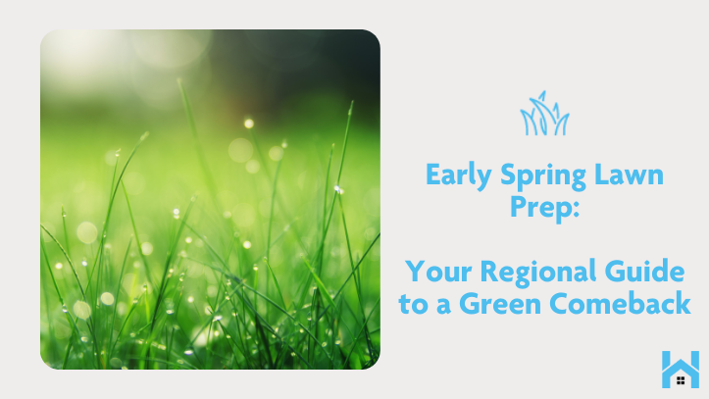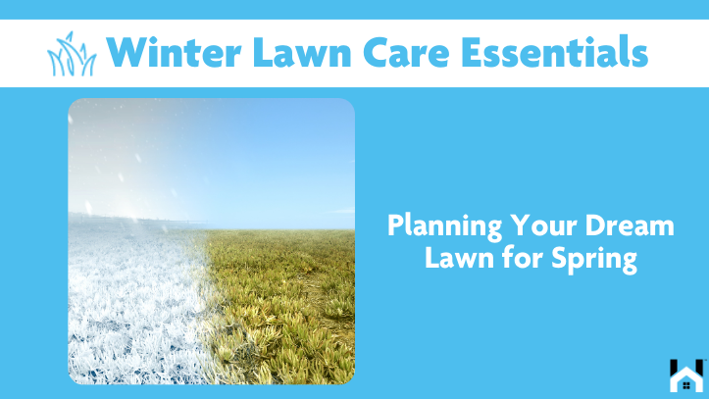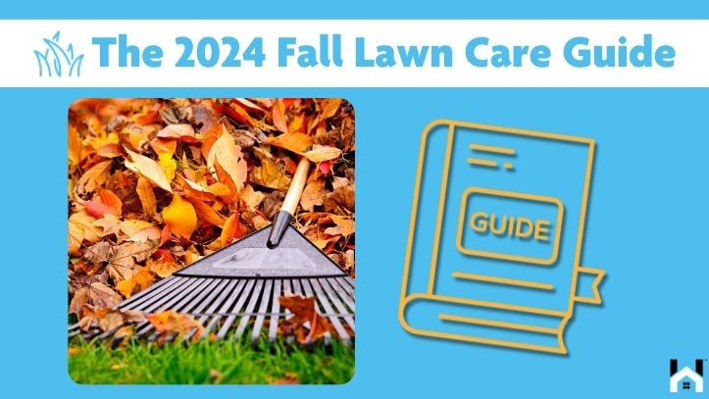Do you love a beautiful yard but hate the endless hours of maintenance? You're not alone! A well-manicured landscape can be a source of pride, but the weeding, mowing, and watering can turn into a chore. The good news is that you can have a stunning yard without it consuming your weekends. Here are some key tips for creating a low-maintenance landscape:
1. Smart Plant Choices
Choosing the right plants is the foundation of a low-maintenance yard. Opt for:
- Native Plants: Do some research on which plants are native to your area. Local nurseries or your state's cooperative extension service can be great resources. Native plants have evolved to thrive in your local climate, minimizing the need for extra care.
- Perennials: Look for perennials that suit your sunlight conditions and soil type. Some popular low-maintenance perennials include coneflowers, daylilies, hostas, and black-eyed Susans.
- Drought-Tolerant Plants: Ideal for arid regions, or if you simply want to minimize watering. Explore succulents, lavender, yarrow, sage, and ornamental grasses.
- Slow-Growing Shrubs & Trees: Boxwoods, dwarf conifers, and Japanese maples are good examples. They'll need less frequent pruning to maintain their shape.
2. Put Down Mulch
Mulch is your best friend! A layer of organic mulch (like wood chips or shredded bark) helps to:
- Suppress Weeds: This significantly reduces time spent weeding.
- Retain Soil Moisture: You'll be watering your plants less often.
- Protect plant roots: Mulch insulates roots from temperature extremes.
Types of Mulch: Organic options include wood chips, shredded bark, pine needles, or even cocoa bean hulls. Inorganic options like gravel or river rock also work great, but provide less soil enrichment.
Depth: Aim for a 2-3 inch layer of mulch. Thinner layers won't suppress weeds as effectively, while excessively thick layers can smother roots.
Replenishment: Organic mulch breaks down over time, so replenish it annually (or twice a year in heavily planted areas) to maintain its effectiveness.
3. Replace Some Lawn with Hardscaping
A lush green lawn is beautiful, but it's high-maintenance. Consider replacing sections of lawn with beautiful and functional hardscaping:
- Patios and Walkways: These create outdoor living space and reduce mowing.
- Walkway Options: Gravel paths are easy to install, while stepping stones or pavers create a more structured look.
- Patio Materials: Pavers, flagstone, brick, and concrete offer various styles. Consider the overall aesthetic of your home when choosing.
- Rock Gardens: Perfect for adding texture and requiring minimal care.
- Rock Garden Considerations: Choose rocks of different sizes and textures for visual interest. Incorporate drought-tolerant plants amongst the rocks.
- Dry Creek Beds: A stylish way to manage drainage and add a natural element.
- Dry Creek Bed Functionality: Beyond being decorative, a dry creek bed helps direct rainwater away from structures and prevents erosion.
4. Embrace Groundcovers
Groundcovers are low-growing plants that spread, creating a carpet-like effect. They're excellent for:
- Filling in Spaces: Cover bare areas where weeds tend to pop up.
- Slopes: They help prevent erosion on hillsides.
- Shady Areas: Some groundcovers thrive in spots where lawn struggles.
- Popular Options: Creeping thyme, sedum, vinca, pachysandra, and even some mosses make excellent groundcovers.
- Versatility: Utilize groundcovers under trees, along borders, or in place of lawn in difficult-to-mow areas.
- Sun vs. Shade: Many groundcovers thrive in shade. Check plant requirements to ensure they fit your yard conditions.
5. Invest in an Irrigation System
An automatic irrigation system takes the guesswork out of watering and saves you time. Consider a smart irrigation system that adjusts watering schedules based on weather conditions for even more water savings.
- Types: Sprinkler systems are common, but drip irrigation is more water-efficient, especially for flower beds and shrubs.
- Smart Features: Look for systems with rain sensors, soil moisture sensors, and Wi-Fi connectivity for easy control and adjustments.
- Professional Installation: Irrigation system installation can be complex. Consider hiring a professional, especially if you have a large yard.
Additional Tips:
- Choose a low-maintenance grass type if you love your lawn, but want to lessen its demands.
- Embrace xeriscaping, a landscaping approach focused on water conservation.
- Install raised garden beds for easy access and better soil control.
Remember, a low-maintenance landscape doesn't mean boring! With careful planning and smart choices, you can have a beautiful, relaxing yard with minimal effort.





